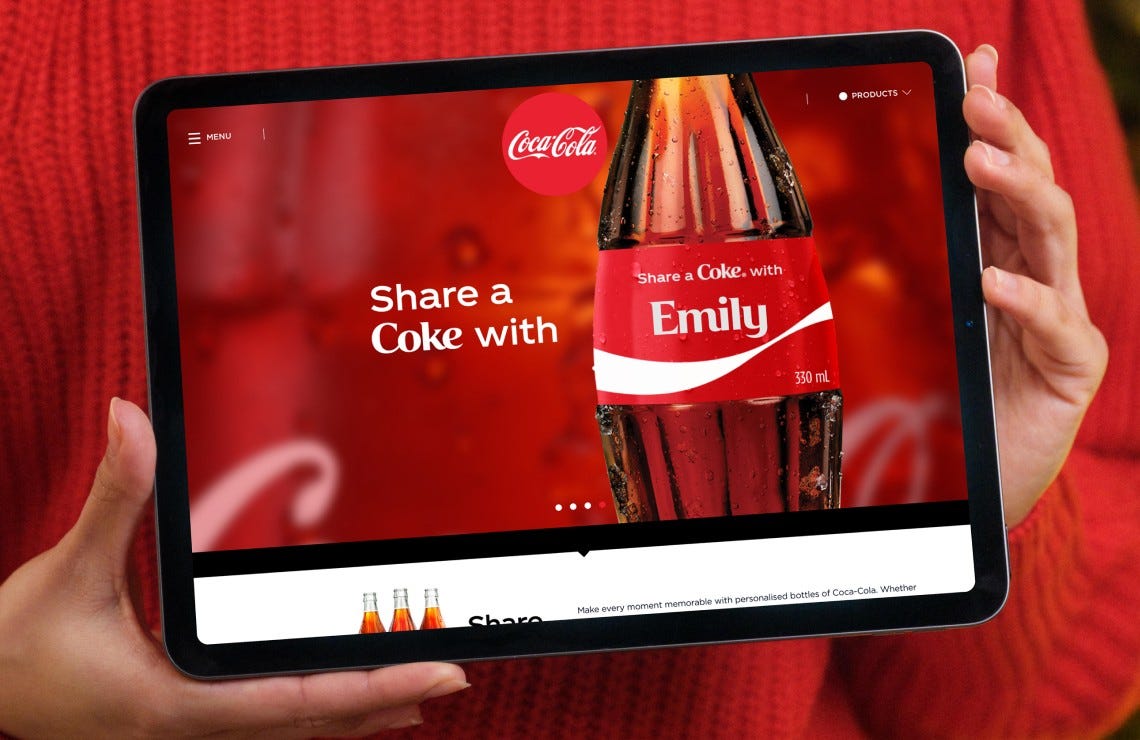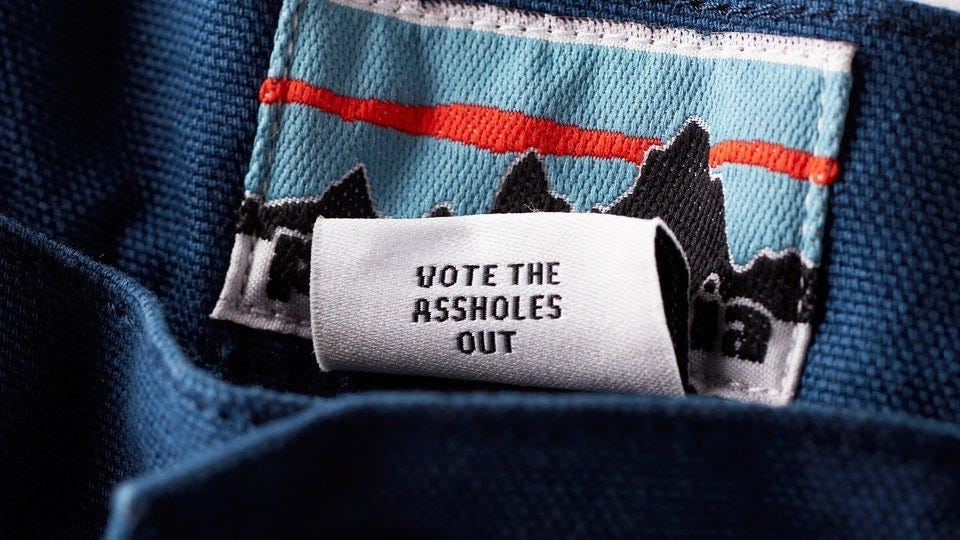On crafting a (true and) powerful brand story 👀
In a world overflowing with brands, how do you make one stand out? The answer lies not just in what you sell, but in the stories you tell. Storytelling has become one of the most powerful tools in shaping brand experience, transforming how people perceive, interact with, and ultimately connect to a brand. But storytelling isn’t just about crafting a catchy tagline or a viral ad. It’s about weaving a narrative that resonates with a brand’s audience on a deeper level.
Stories build emotional connections
We all love stories. From ancient myths to modern day movies, stories have always been a fundamental way for us to make sense of the world and connect with other people. In the realm of branding, storytelling taps into this universal human experience, creating emotional connections that go beyond a simple transaction.
When a brand tells a compelling story, it gives customers something to relate to, something that aligns with their values, aspirations, or experiences. This emotional connection is what transforms a one-time buyer into a loyal customer. It’s the difference between a brand that’s just another option out of many and one that feels like an extension of the customer’s own identity.
For example, consider brands like Nike, which doesn’t just sell athletic gear but tells stories of perseverance, triumph, and the pursuit of greatness. These stories resonate with athletes and non-athletes alike, creating powerful emotional bonds that keep customers coming back.
Finding your truth
Every brand has a story, but not all stories are created equal. The key to effective brand storytelling is authenticity. It’s about uncovering the unique elements of your brand’s journey, mission, and values, and then crafting a narrative that feels genuine to your audience.
Your brand story should answer questions like: Why does your brand exist? What challenges have you overcome? What impact do you want to have on the world? These elements help create a narrative that’s not just about your product or service, but about the deeper purpose that drives your brand.
For instance, Patagonia’s brand story is deeply rooted in environmental activism. Their narrative isn’t just about selling outdoor gear, it’s about inspiring and equipping people to protect the planet. This strong, purpose-driven story doesn't only differentiate Patagonia from competitors but also creates a set of shared values between the brand and its customers.
Staying true to your purpose
A great brand story isn’t confined to a single ad or campaign, it should be woven throughout every touchpoint of the customer experience. Your brand’s narrative should be reflected in everything from your website and social media presence to packaging and customer service interactions.
Consistency is key. When customers encounter your brand across different platforms and experiences, they should feel that they’re engaging with the same story. This consistency helps reinforce the narrative and deepens the emotional connection.
For example, Apple’s storytelling is consistent across all touchpoints. Whether you’re watching an Apple commercial, visiting an Apple store, or unboxing a new iPhone, you’re experiencing a seamless narrative about innovation, simplicity, and creativity. This consistency is what makes Apple’s brand experience so strong and memorable.
Turn customers into characters within your story
In the best stories, the audience doesn’t just observe, but instead they become part of the narrative. This is where interactive and participatory storytelling comes into play. By engaging customers as active participants in your brand story, you create a more immersive and personal experience.
User-generated content, social media campaigns, and community-driven initiatives are all powerful ways to involve your audience in your brand’s story. When customers see themselves reflected in your brand narrative, whether it’s through sharing their own experiences, contributing ideas, or participating in brand challenges, they feel a deeper sense of ownership and connection.
A great example of this is Coca-Cola’s "Share a Coke" campaign, where the brand invited customers to find bottles with their names on them and share their experiences online. This simple yet effective storytelling strategy turned customers into characters in Coca-Cola’s brand story, creating a sense of belonging and personalisation that resonated worldwide.

Create lasting bonds
Storytelling isn’t just about attracting customers but keeping them. When done right, storytelling fosters loyalty by creating a narrative that customers want to be part of long-term. This is especially important in today’s market, where consumers are bombarded with choices and can easily switch to a competitor brand.
By consistently telling a story that aligns with your customers’ values and emotions, you build a sense of community and loyalty. Customers who feel emotionally connected to your brand are more likely to stick with you, advocate for you, and even forgive mistakes, because they see your brand as more than just a product. It’s a story they believe in.
Take TOMS, for example. Their "One for One" story (where every purchase helps a person in need) has created a loyal customer base that’s deeply invested in the brand’s mission. This story of social impact has become a core part of TOMS’ identity, turning customers into passionate advocates who feel they’re part of something bigger.
Stories are the future
In a world where consumers are increasingly looking for meaning and connection, storytelling is a necessity. Brands that tell authentic and engaging stories stand out and build lasting relationships with their customers.
As you think about your brand’s future, consider the stories you want to tell. How can you craft a narrative that resonates with your audience? How can you weave that story into every aspect of your brand experience? And most importantly, how can you invite your customers to be a part of that story? The brands that succeed will be the ones that don't stop at only telling great stories but also create experiences where those stories come to life.








